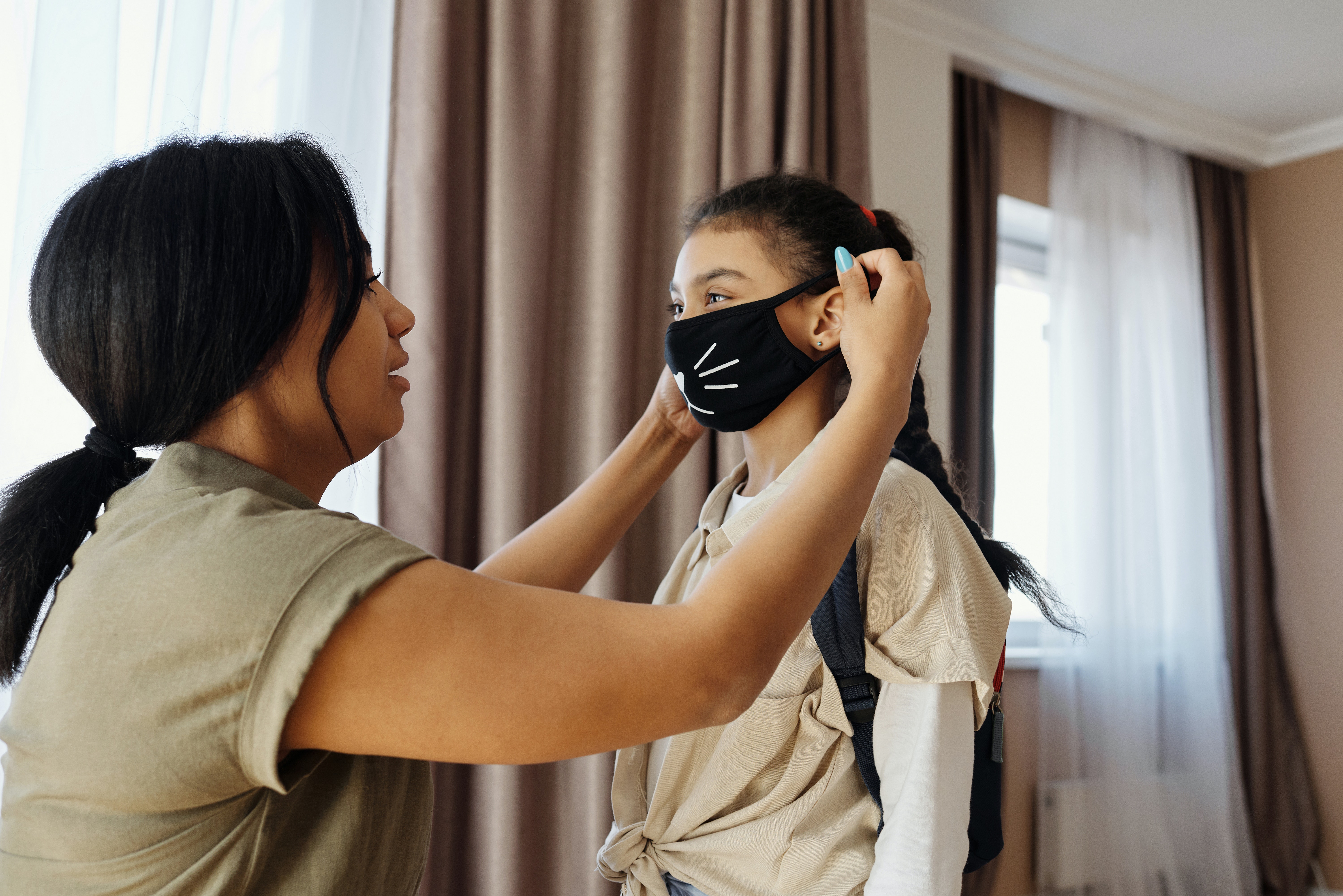
5 Tips for Talking to Kids with Special Needs About COVID-19
COVID-19 is not going away anytime soon, so reinforcing healthy social distancing and hygiene techniques remains necessary for kids with special needs. While maintaining good behaviors can be difficult, here are some tips from trusted sources on talking to kids about COVID-19.
1. Incorporate games to reinforce social distancing behaviors
Social distancing isn’t easy for kids since it means redefining standards of behavior when it comes to personal space. UNICEF recommends using games or play as a way to teach new behaviors in a positive and engaging way. For example, when teaching social distancing, have your child reach out their arms or “flap their wings” to make sure they have enough space.
2. Set an example of practicing good hygiene
Getting kids to use good hygiene practices doesn’t happen overnight, and often takes time and patience. The National Association of School Psychologists (NASP) advises parents to model good hygiene practices and to compliment children on good behavior. If your child coughs into their elbow instead of their hand, acknowledging this good behavior can help motivate them to keep doing it.
3. Spin school closures into a positive
While normally having a day off school or a snow day is a treat for kids, having weeks or months away from their friends and teachers can be difficult. Emphasizing the positive, like more time to play and spend time with family, is important to keep children happy, recommends the New York Times. Maintaining a routine and things to do during the day will help children cope with the change.
4. Make your teaching accurate and age-appropriate
Information on how best to protect yourself and others during COVID-19 is constantly changing as new information becomes available. The Center for Disease Control and Prevention (CDC) emphasizes that kids will likely encounter information from friends and/or the internet that is inaccurate or misleading. Regularly check the CDC and your state or local government’s website to keep your facts up-to-date.
NASP provides recommendations for age-appropriate COVID-19 teaching for each age group.
5. Use resources for visual learners
For some kids, verbal reinforcement might only go so far. For visual learners, use imagery to help teach social distancing and good hygiene skills. Check out this comic which explores what COVID-19 is and how we can remain safe.



